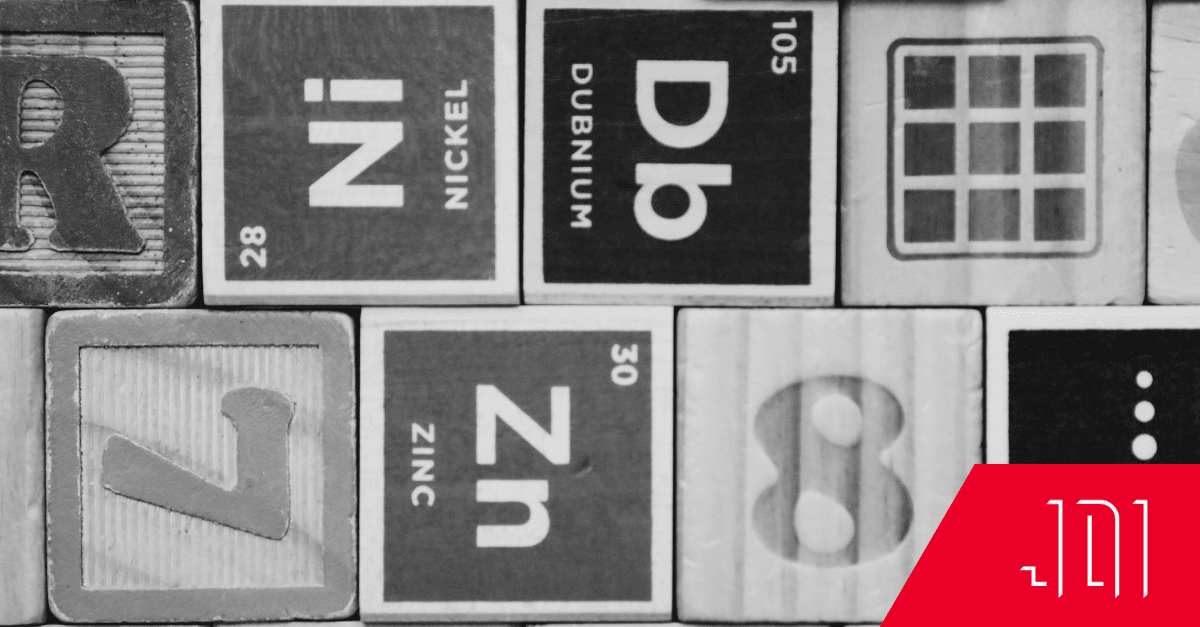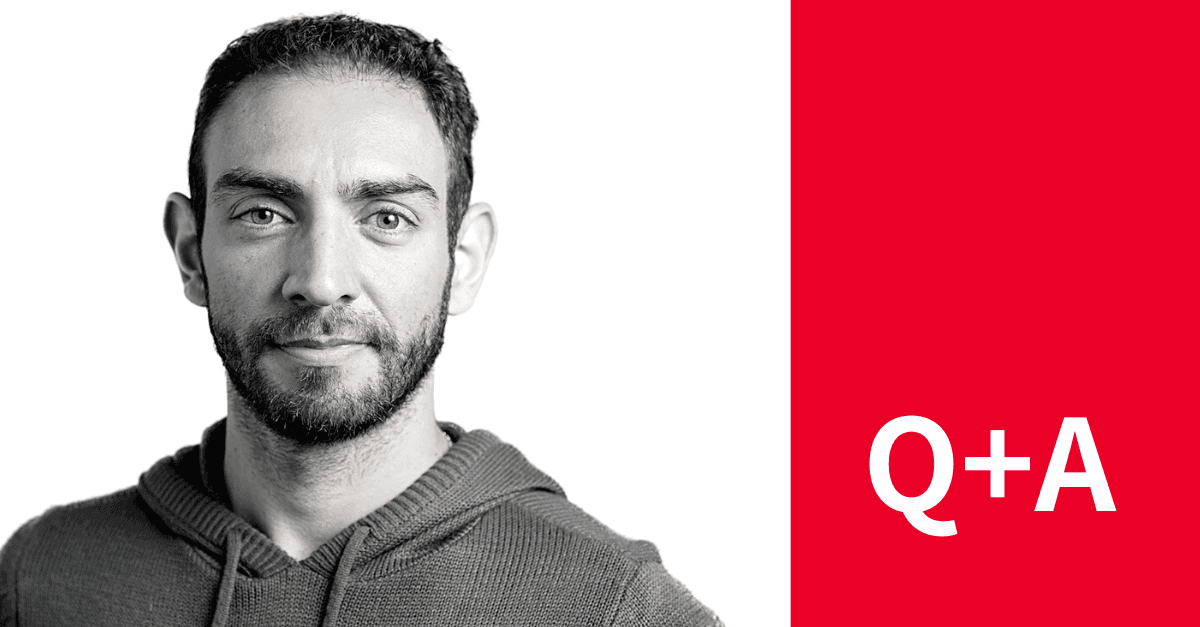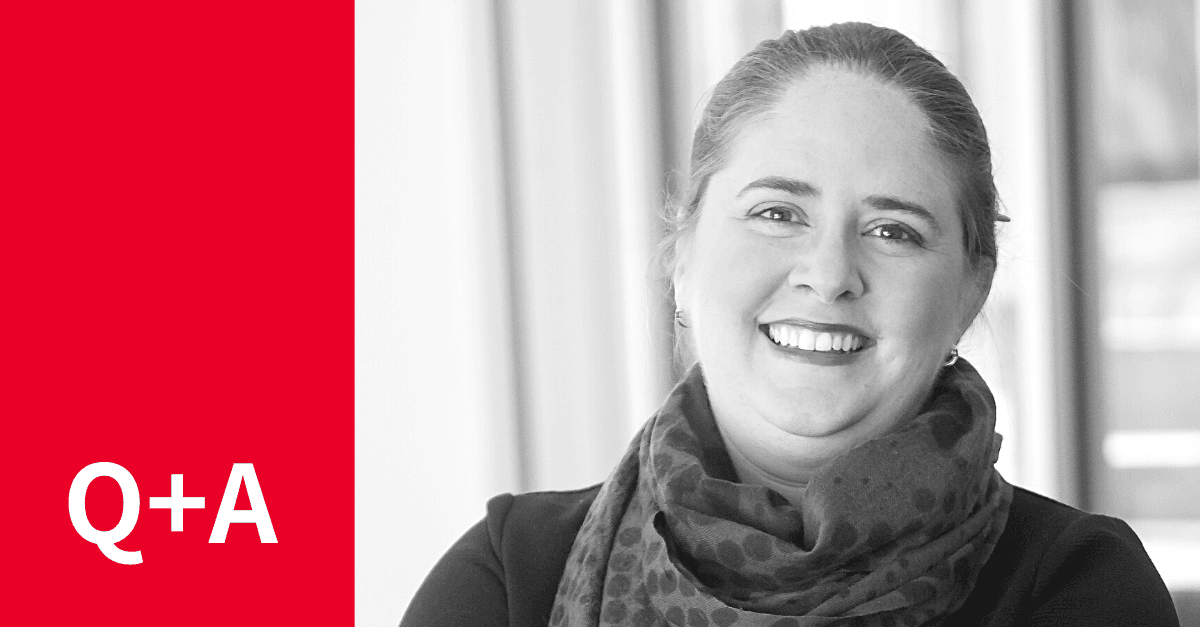Q&A with Dr. Alex King
Tell us about yourself – what is your background in and how did you end up in your current position?
I’ve been an academic my whole life, but within the confines of my various faculty positions I have taken on several other jobs that have provided powerful learning experiences. I have served as a Vice Provost for Graduate Studies, and an academic Department Head and the President of a Learned Society, but the most significant experiences were spending a year as a Science Advisor in the US Department of State as a Jefferson Science Fellow, five years as the Director of a DOE National Lab and five years as the founding Director of the Critical Materials Institute.
Your book, Critical Materials, takes a “case-study approach, describing materials supply-chain failures from the bronze age to present day.” Now that we’re facing REE shortages, what are some important factors to keep in mind so that we don’t repeat mistakes of the past?
I was surprised to find that the historical examples cited in my book proved to be so varied, but that also makes them very informative. If there is one unifying theme it is that no single approach is effective in all cases. Each application of a material is unique and every shortage is solved in a different way: sometimes it’s a single solution, and sometimes it’s a combination of different approaches. The most common mistake, historically, is the failure to recognize the dynamic nature of the technologies we use: lots of time and money have been invested in ways to obtain materials that are no longer needed by the time they are ready for production. To lift a line from the Rolling Stones - don’t be the person who is “still perfecting ways of making sealing wax.”
As we approach a new tech revolution, it’s anticipated that the need for rare earth minerals in the next few decades will grow by 400-600 percent. What are some of the most effective ways we can address these upcoming shortages?
Rare Earths are a particularly challenging case for several reasons, and it starts with understanding the difference between rare earth minerals and rare earth materials. Minerals are what we dig out of the earth, but materials are what we use for making things, and it is the things we make that drive up the demand. The growth in the use of rare earth materials is largely driven by magnets for electric motors and generators, which use neodymium, praseodymium, dysprosium and terbium. There is also growing demand for light-emitting materials which include terbium and europium. Rare earth mines, however, contain varying quantities of all these elements, along with huge amounts of cerium and lanthanum and lesser amounts of others. If we are to meet the growing demand for neodymium and praseodymium, we are going to have to dig up more and more cerium and lanthanum, and it is hard to operate a mine when its largest products have no significant uses and contribute virtually no revenue.
What actions can average consumers take to help combat the shortage? Will urban mining and recycling be effective quickly enough to make a difference?
The rate of growth in demand is the big problem here, because you can’t recycle what isn’t in the waste stream. Think about motors or generators that have a lifespan of, say, 10 years: what was installed ten years ago only contains only a small fraction of the materials that we need today because of the increased demand, so we still need to get most of our rare earths from mines. This will continue to be true even if we achieve perfect efficiency in collecting, processing and re-using all of the old scrapped devices.
All of the most effectively recycled materials (like iron, aluminum and copper), have some combination of small demand growth rates and short product lifetimes. Mining will continue to dominate the supply of rare earths as long as demand continues to grow, and the best way to promote recycling is actually to find ways to slow the growth in demand.
What role, if any, do you see biohydrometallurgy (particularly biomining and/or bioleaching) playing in the future recovery of REEs?
There are some strains of bacteria that have potentially useful properties. They collect metal ions using structures called metallophores and they can be genetically engineered to be very selective so they might be used to collect neodymium but ignore cerium, for example. They can collect ions from very low-concentration solutions which is especially helpful with regard to the rare earth elements. There are still several challenges to overcome, but there are potentially some niche applications, either in mining or recycling, where biocollection might be the most viable technology for rare earth recovery.
Is there anything else you would like to share with our readers?
Talking to professionals from other disciplines is a great way to learn new stuff. I have gained valuable insights from economists, CEOs, CFOs, COOs, CTOs, marketers, planners, all kinds of engineers, scientists and industrial professionals.
Perhaps the most useful insight of all, however, came from a Professor of Industrial Engineering who I asked what fundamental principle underlies their field of study.
After a long, thoughtful pause, they said “All effort expended on your second-biggest problem goes for nought.” That certainly applies to the challenges of materials supply chains.





